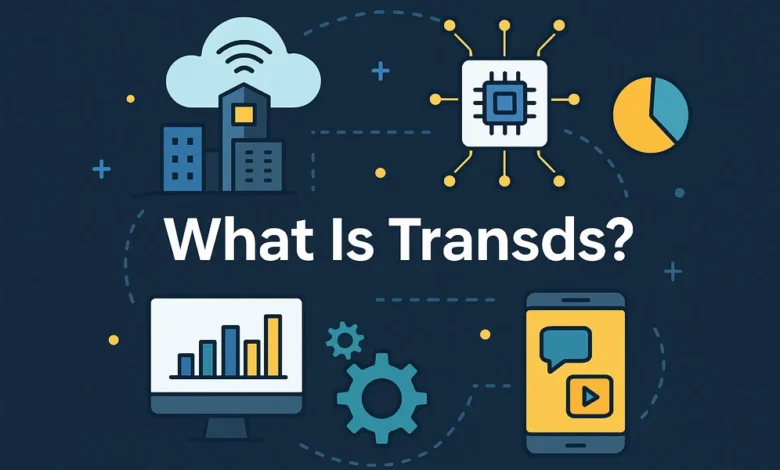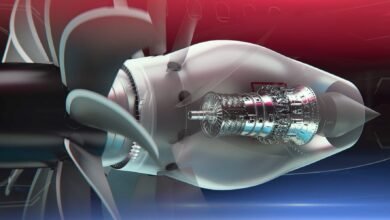Transcranial Direct Current Stimulation (tDCS): Exploring the Science Behind the Brain Boost

Advancements in neuroscience have brought us closer to understanding the complexities of the human brain. Among the emerging innovations in this field is direct current stimulation (tDCS), a non-invasive technique that has garnered significant attention for its potential to enhance cognitive function, treat neurological conditions, and improve mental health. But what exactly is tDCS, how does it work, and is it safe?
This comprehensive guide will walk you through the mechanisms of tDCS, its potential benefits, associated risks, and what current research says about its applications and prospects.
How Does tDCS Work? Understanding Its Mechanisms of Action
Direct current stimulation is a form of neuromodulation that uses a low, constant electrical current to stimulate specific areas of the brain. Unlike other, more invasive techniques, tDCS is painless and does not require surgical intervention. Here’s how it works:
- Electrode Placement:
-
- Two electrodes, typically a cathode (negative), are placed on the scalp.
- The placement is determined based on the area of the brain that needs stimulation, depending on the intended outcomes control, memory enhancement, or mood regulation).
- Electrical Current:
-
- A weak electrical current (usually 1 to 2 milliamps) flows between the electrodes, targeting specific brain regions.
- The current modifies neuronal activity by either increasing (via the anode) or decreasing (via the cathode) the likelihood of neurons firing.
- Modulation Effects:
-
- By altering the excitability of neurons, tDCS can modulate brain activity associated with various cognitive and motor functions.
Researchers believe tDCS strengthens neural connections over time, potentially leading to long-term changes in brain function. Its simplicity and non-invasive nature make it a promising tool for both clinical and non-clinical purposes.
The Potential Benefits of tDCS Across Various Fields
tDCS has been extensively studied for its potential applications in healthcare, professional performance, and academic settings. Here are some of its most promising benefits:
1. Cognitive Enhancement
tDCS has been explored as a way to improve memory, attention, and learning capabilities. Studies have shown potential benefits in:
Working Memory:
Research the prefrontal cortex can enhance working memory performance, especially in healthy individuals.
Language Learning:
Evidence suggests tDCS may accelerate the acquisition of new languages by boosting neural plasticity.
Problem-Solving:
Some users report improved ability to tackle complex problems after targeted stimulation.
2. Treatment of Neurological and Psychiatric Disorders
tDCS has garnered attention in the medical field for its potential to treat conditions such as:
Depression:
Stimulation of the dorsolateral prefrontal cortex has shown promise in alleviating symptoms in patients with major depressive disorder.
Chronic Pain:
tDCS targeting the motor cortex may help reduce chronic pain by altering pain perception and neural sensitivity.
Stroke Rehabilitation:
Post-stroke patients may experience improved motor recovery through consistent stimulation.
3. Athletic and Professional Performance
The application of tDCS in optimizing physical and mental performance is an exciting area of study:
Athletes experimenting with tDCS have reported increased endurance and reaction time.
Professionals in high-performance roles, such as pilots and surgeons, are investigating the technique to bolster focus and decision-making.
4. Education and Skill Acquisition
tDCS is being tested to enhance learning in subjects like math, music, and other skill-based areas by promoting faster neural adaptation.
Risks and Safety Considerations of tDCS
While tDCS is generally considered safe when used correctly, it is not entirely free of risks. Here are some important considerations to keep in mind:
1. Short-Term Side Effects
Skin Irritation:
Mild redness or irritation at electrode sites can occur, but usually subsides quickly.
Headaches:
Some users report headaches after a tDCS session, but these are typically mild and temporary.
Tingling Sensation:
A slight tingling or itching sensation is common during stimulation, especially in the first few minutes.
2. Long-Term Safety
Prolonged or improper use of tDCS could have unintended effects on brain function. For instance:
Overstimulation:
Excessive stimulation without proper guidance may impair cognitive processes rather than enhance them.
Unsuitable Applications:
Individuals with certain medical conditions, such as epilepsy or implanted devices, may be at higher risk for complications.
3. Regulation and DIY Concerns
The growing popularity of at-home tDCS kits raises ethical and safety concerns. Without proper training or oversight, users risk misusing the technology, leading to unintended consequences.
Current Research and Future Directions
The scientific community continues to explore the potential of tDCS in both clinical and non-clinical settings. Here’s what we know so far and what the future might hold:
1. More Rigorous Trials
Larger clinical trials are underway to determine the efficacy of tDCS interventions in treating conditions like Parkinson’s disease, Alzheimer’s, anxiety disorders, and more.
2. Advances in Technology
Innovations in electrode placement, current control, and user-friendly interfaces are making tDCS devices more accurate and accessible. Future versions may even integrate real-time brain imaging to personalize stimulation sessions.
3. Ethical and Regulatory Developments
As interest in tDCS grows, regulatory bodies are stepping up efforts to create clear guidelines for its use, ensuring both safety and ethical application.
4. Expansion into Everyday Life
Could tDCS become as common as wearing a smartwatch? With further research and technological advancements, tDCS devices might become a mainstream tool for personal growth and mental wellness.
Unlock the Potential of Your Brain with tDCS.
Transcranial direct current stimulation is shaping up to be a game-changer in neuroscience and beyond. From enhancing cognitive abilities to supporting rehabilitation efforts, the possibilities of tDCS are vast. However, the technology is not without its risks, making proper training, regulation, and guidance essential for safe and effective use.
Whether you’re a researcher, healthcare professional, athlete, or just curious about boosting your brainpower, tDCS offers plenty of potential to explore. Stay informed, consult with experts, and take cautious steps if you decide to incorporate this groundbreaking technology into your life.



